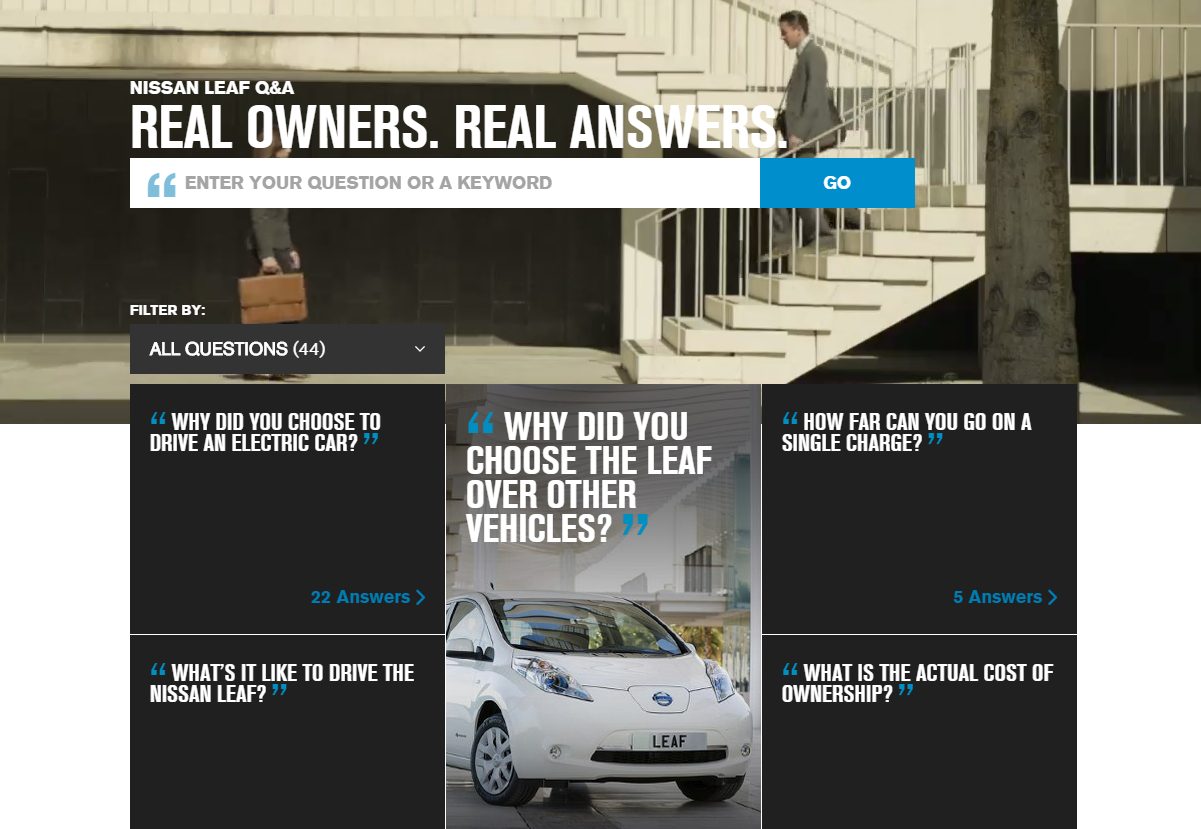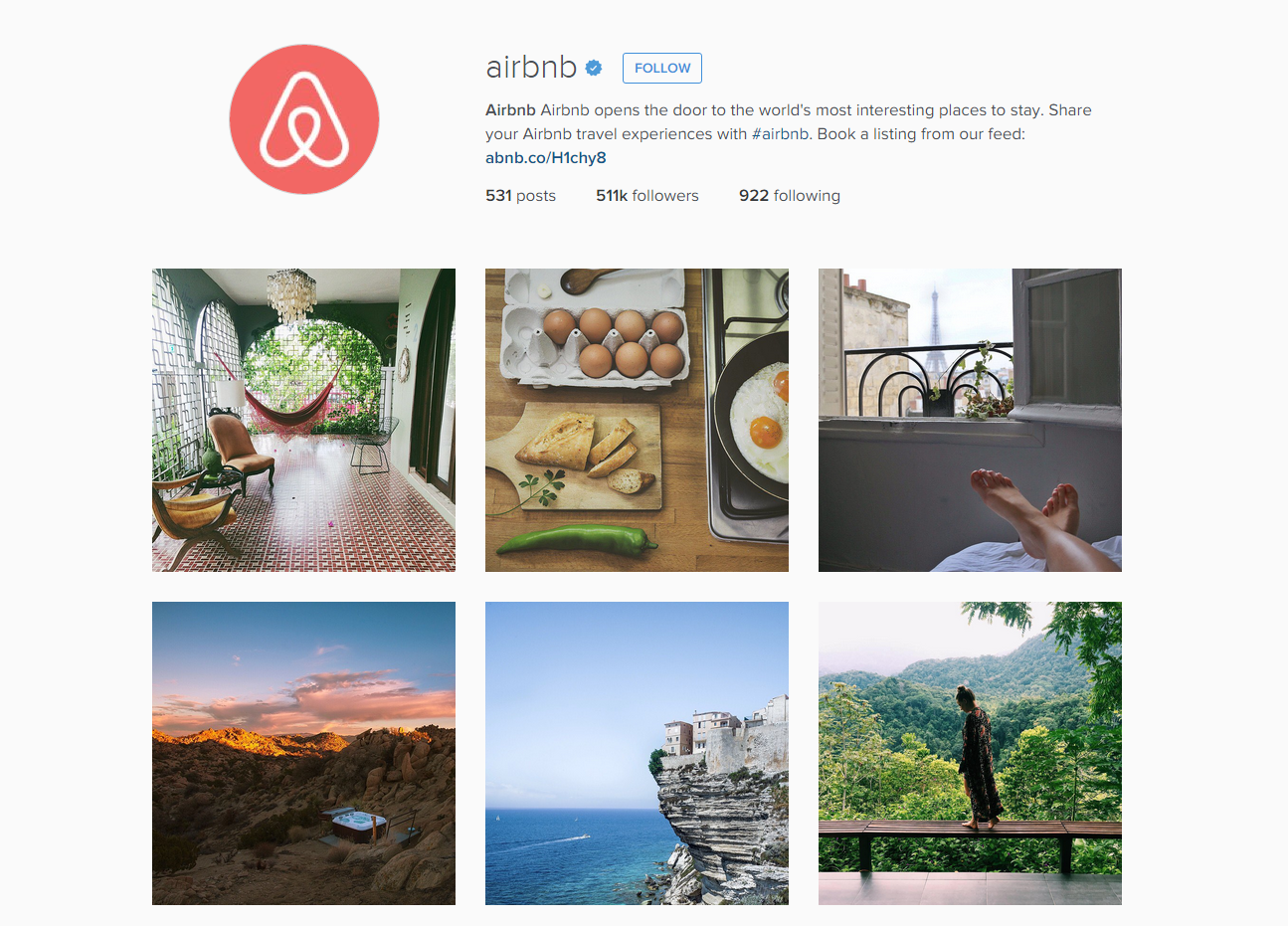How to Succeed in Content Marketing Without Publishing a Thing – Part 2: Crowdsourcing

In a short series of posts, we’re proposing a few ways to capitalize on content you don’t have to create — because someone else has been kind enough to create it for you.
In this post we cover crowdsourcing content.
What is Crowdsourcing ?
Crowdsourcing is really just a way of asking users for help — with information, an idea, a product, or content.
Pre-Internet, brands relied on focus groups for this kind of help, but digital has created new possibilities.
Why Crowdsource Your Content at all?
Crowdsourcing is not without risks. Just ask your legal department…
Where questions of intellectual property, compensation and prizing are concerned, you can never be too careful in distinguishing which parties “own” the content throughout the process and, where applicable, how compensation works.
Now for its rewards, including but not limited to:
- Brand lift from including users in the process of building products and stories
- Messages best delivered from real live consumers instead of your brand
- An inherent social mechanism that generates more social engagement than usual for your brand
- A boon to SEO (in some cases)
- Conversions
Let’s look at some examples.
Nissan – Customer Reviews
Crowdsourcing and the automotive industry have history, from Fiat concept cars to some machine called a Rally Fighter.
On the practical side, Nissan emphasizes the role of customer reviews in the purchase cycle with a most straightforward concept:
The Q&A.
The Q&A is the format for interviews with experts, of course. Here, Nissan cleverly acknowledges that Leaf owners are the true experts on the merits of this electric car. Why not put them in the driver seat for fielding inquiries from future customers? All Nissan has to do is put the content in a pleasing container and host it on a site.

What’s nice about this idea is its scalability at the dealership level, too, where a disconnect often occurs between the brand’s upper-funnel content and local sales. A concept as simple as this Q&A can conceivably be sourced, packaged and promoted for dealerships’ sites and social channels to further drive purchase decisions.
Airbnb — #Instacontent
Probably the most popular form of crowdsourcing in social media, especially with Retail/Fashion brands. Why? Well for one, the barrier to entry is extremely low.
As of last count, Instagram users share north of 60 million photos daily, which means, with or without a prompt from a brand, users are going to share photos on Instagram. Doing so on behalf of brands they like well enough to follow is hardly an inconvenience.
Few brands have it better than Airbnb. Their business seamlessly generates content and their content seamlessly generates business (new acronym: CGB?).
Airbnb’s unique business model is also their unique marketing advantage. The variety and nature of the locales they provide and their users’ satisfaction with the Airbnb experience generates a tapestry of adventure more powerful than any ad.
Finally, Airbnb makes booking available directly through Instagram. I suppose you’d call that UGC as CGB. How’s that for ROI?

B2B — Guest Blogging
Guest blogging can mutually boost SEO and social engagement for contributor and host site alike. This despite Matt Cutts all but declaring guest blogging dead last year…
In fairness to Matt, his point was well-taken. Guest blogging purely to gain links and move up the search rankings is a detrimental practice, but so is doing anything purely for SEO. Content is for human beings to consume, after all, not machines, and Google has progressively sided with the humans on this one.
To activate guest blogging, try to develop clear guidelines on both the content and the specific audience you want developed, and research a few dream bloggers you’d want to recruit, ideally. They almost certainly won’t come to you.
We recently started a guest blogging program of our own. If you’re interested in contributing or just curious to see one possible approach, have a look at our guidelines.
Doritos & Brown University — Video
Video production, crowdsourced or not, doesn’t lend itself well to shortcuts. Platforms like Tongal.com and eYeka.com help simplify the process and surface capable talent, but someone has to incur the considerable cost and/or creative process to produce a quality video, and it’s hard to get out from under both.
If you’re Doritos, nine years of amazing Super Bowl ads reaching hundreds of millions of viewers at a time heals all wounds, though.
https://youtu.be/5D8tOG8GOFs
If a more modest execution suits your needs, Brown University’s approach to engaging alumni for its 250th anniversary is commendable for a first attempt.
Though clearly targeted to a specific community, Brown’s relatively slight view count highlights a problem far too common for videos that probably cost a lot more than this Brown video did.
It’s one thing to engage users in the process of creating content and it’s quite another to engage them with the content when it’s finished.
The effort and resources required to produce a video — even one that’s largely user-generated– is wasted without similarly considered plans for driving engagement. Consider that the next time you flirt with breaking the bank on sleek production.
What’s Next?
If nothing else, crowdsourcing presents businesses with a unique opportunity, a chance to examine their brands through the eyes of consumers, which, let’s be honest, is the only perspective that truly matters.
You may never use a single piece of user-generated content, but no business can afford to turn down the opportunity to engage customers — past, present or future — in dialogue. Business literally depends on it.



